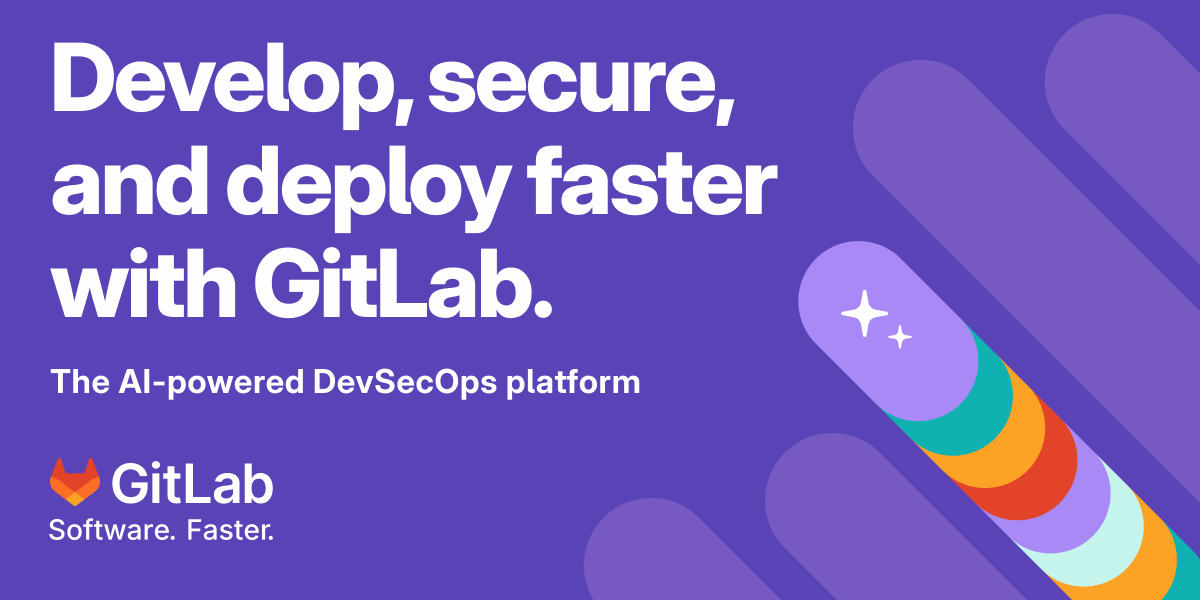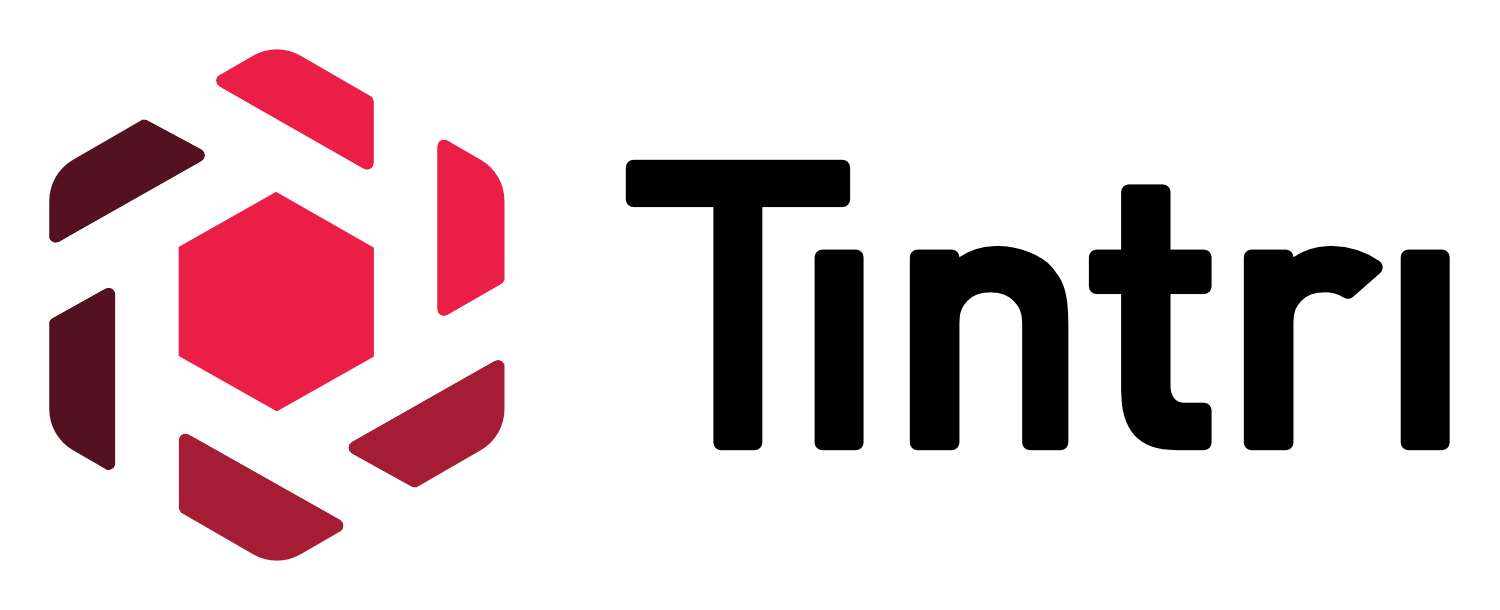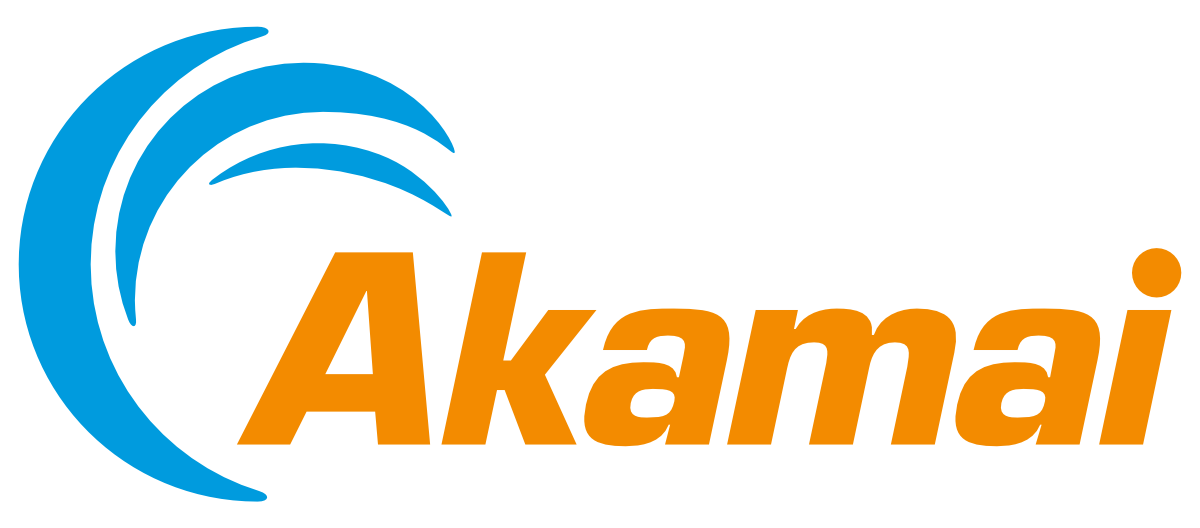VMblog: If you were giving a KubeCon attendee a quick overview of the company, what would you say? How would you describe the company?
Mike Maney: Akamai powers and protects life online. We pioneered the content delivery network twenty-five years ago to help solve what at the time was referred to as the World Wide Wait. We then added world class security solutions into the mix, helping users protect the customers, data, and systems that were critical to their business. And, most recently, we layered full-stack compute capabilities into our quiver with the acquisition of Linode. It's a potent combination of cloud, security, and delivery.
Today, Akamai operates the world's most distributed cloud computing platform. Our planetary scale allows developers and enterprises to deliver better experiences by putting workloads closer to users, devices, and sources of data. Many of the biggest companies in the world trust Akamai to make life better for billions of people, trillions of times a day through digital experiences like shopping online, playing games, streaming sports and concerts, managing money, and all the hundreds of ways we use and depend on the internet.
VMblog: Your company is sponsoring this year's KubeCon + CloudNativeCon event. Can you talk about what that sponsorship looks like?
Maney: Sponsorship is as much about supporting the community as it is securing a booth. At the end of the day, that's really what KubeCon + CloudNativeCon is about. To paraphrase Thomas Haden Church's character in the movie "We Bought a Zoo": "I like the conference. I love the people."We're a Gold Member of the CNCF and a Platinum Sponsor of the event. You can find us at booth (B2) where we'll be handing out cool swag and stickers, and raffling off daily premium LEGO® sets. You'll be able to interact with our cloud native experts and watch a world class Professional Brick Builder in action.
Akamai folks will be leading several sessions at the event, too. You can learn more about our presence here: https://akamai.folloze.com/kubeconnam2024
VMblog: What do you attribute to the success and growth of this industry?
Maney: Kubernetes itself drove a lot of the industry's growth. As cloud computing matured, customers needed a better deployment and operating experience. But, despite its immense value, running Kubernetes at scale isn't easy. The power of the open source community helped ease that complexity by creating a range of best practices and tools to smooth some of that friction and help Kubernetes succeed at enterprise scale.
Looking ahead-and not just in the context of Kubernetes-customers are seeking services that are more efficient, less complex and costly, and, increasingly, more distributed. Greater portability is at that heart of that: the ability to build solutions that are less proprietary and more cloud and edge native.
VMblog: Do you have any speaking sessions during the event? If so, can you give us the details?
Maney: Yes, in fact we have four presentations:
- "Tick, TAG, TOC - Keeping Cloud Native Running" with Alex Chircop on Thursday at 11:55 am. This panel session is essentially your backstage pass to see how the CNCF landscape gets shaped.
- "From Chaos to Calm: Building a Unified and Scalable CI/CD Pipeline at Akamai" with Tomer Patel on Thursday at 11:55 am. This session shows how Akamai used open source solutions to build a CI/CD pipeline that eliminated 40% of our daily work.
- "Cloud Native Storage: The CNCF Storage TAG Projects, Technology and Landscape," with Alex Chircop on Thursday at 3:25 pm. This session will give you practical guidance on how to use cloud native storage in your environments, and you can also learn how to contribute and participate in the CNCF storage community.
- "Discover CNCF TAG Runtime: From AI, WASM OS, Edge to Workloads in the Heart of Salt Lake City" by Stephen Rust on Friday at 11 am. This session explores many of the exciting projects under the TAG Runtime umbrella.
VMblog: What are you personally most interested in seeing or learning at KubeCon + CloudNativeCon?
Maney: I always look forward to talking to developers about what challenges they're facing with Kubernetes adoption and how they're solving the big, thorny questions. On the flip side, I also look forward to hearing about the successes people have with cloud native technologies. But, more than that, I'm interested in catching up with the people in the community that I've come to know and respect over the years. Beyond the bits and bytes, it's the humans who power this ecosystem.
VMblog: What kind of message will an attendee hear from you this year? What will they take back to help sell their management team and decision makers?
Maney: We're going to be talking a lot about simplicity at scale, and the fact that developers and operators need tools and services that make life easier-easier to build, deploy, and manage the applications that serve their users, at global scale. For Akamai, that's about the scale and power of our distributed cloud and network, but it's also about open source and portability, and the value of reducing lock-in to give our customers more control.
VMblog: While thinking about your company's solutions, can you give readers a few examples of how your offerings are unique? What are your differentiators? What sets you apart from the competition?
Maney: Applications and data are moving out to the edge. Driven by the rise of AI, but it's also driven by the need to deliver a better experience in a world where we expect our apps to behave like they were served from our pocket instead of a server in a big data center somewhere on the other side of the world.
That's where Akamai's scale and decades of experience set us apart. Akamai is the cloud platform for companies to build and deliver distributed, low latency applications across the entire continuum of compute. No other platform has the planetary scale and ability to bring the cloud to more hard to reach locations. We're committed to maintaining an open cloud platform, providing our customers with cloud computing services that are easy to use and flexible so they can be deployed wherever applications and workloads need them. And because Akamai operates the world's most distributed network, with interconnected services that run on our enterprise-grade backbone, we can maximize traffic offload for workloads and minimize egress costs across a customer's multicloud landscape to deliver unmatched price performance.
We've built the cloud for the next generation of applications that cloud native communities are migrating to.
VMblog: KubeCon + CloudNativeCon is typically a great venue for a company to launch a new product or an update to an existing product. Will your company be announcing anything new? If so, can you give us a sneak preview?
Maney: It is a great venue for launches. And, yes, we will have an announcement about something new and exciting - and, dare I say, novel - that tackles some of the thorniest challenges to Kubernetes adoption. Stay tuned for the big unveil!
VMblog: With regard to containers and Kubernetes, is there anything holding it back from a wider distribution? If so, what is it? And how do we overcome it?
Maney: Complexity has always had one foot on the brake of Kubernetes adoption, and that's simply because infrastructure is hard. Cost of scaling an environment has been an ongoing issue as well. But perhaps the biggest issue is lock-in. Kubernetes is open source, and portability should be one of its hallmarks. All of us in this industry have a responsibility to engineer our offerings in ways that preserve as much of that portability as possible so we're preserving one of the primary reasons enterprise users are attracted to open source in the first place.
VMblog: The keynote stage will be covering a number of big topics, but what big changes or trends does your company see taking shape for 2025?
Maney: We continue to see a shift from the last decade's centralized cloud model to architecture that is more modern and distributed. By all accounts, that trend shows no signs of abating. In fact, it'll likely get stronger as more apps and data get pushed to the edge.


















